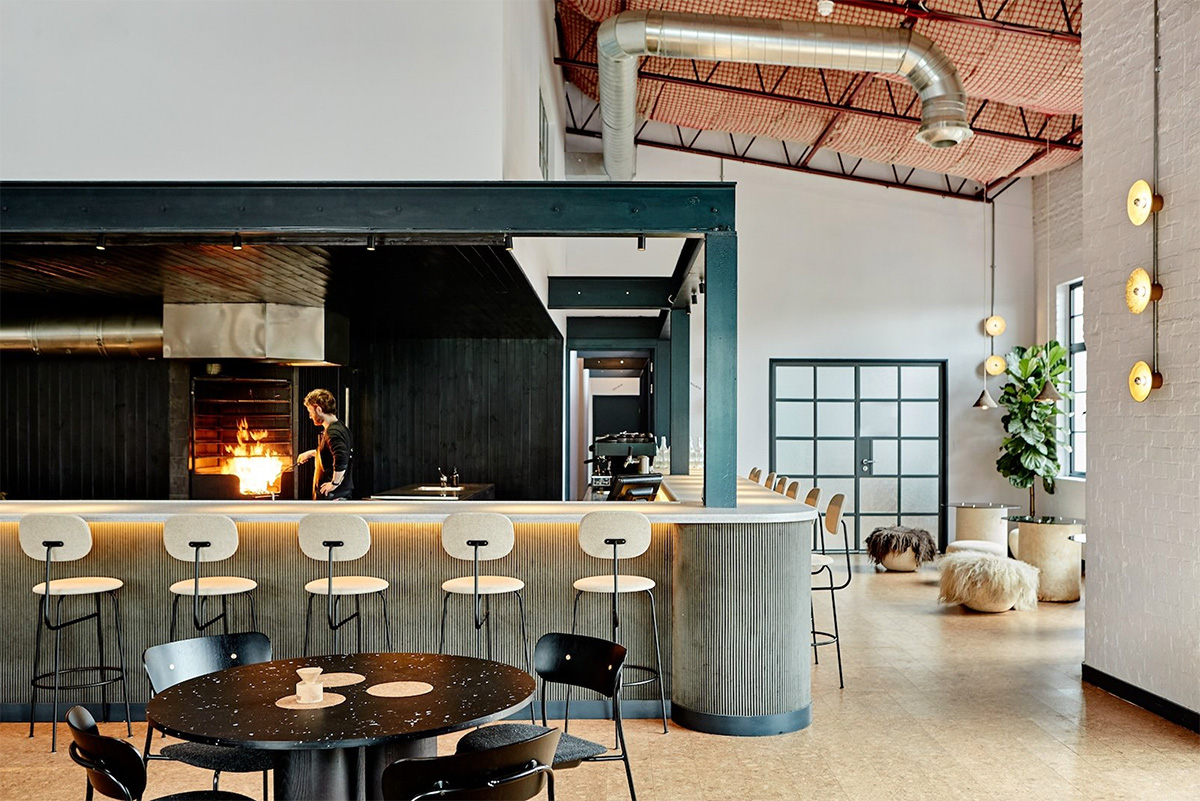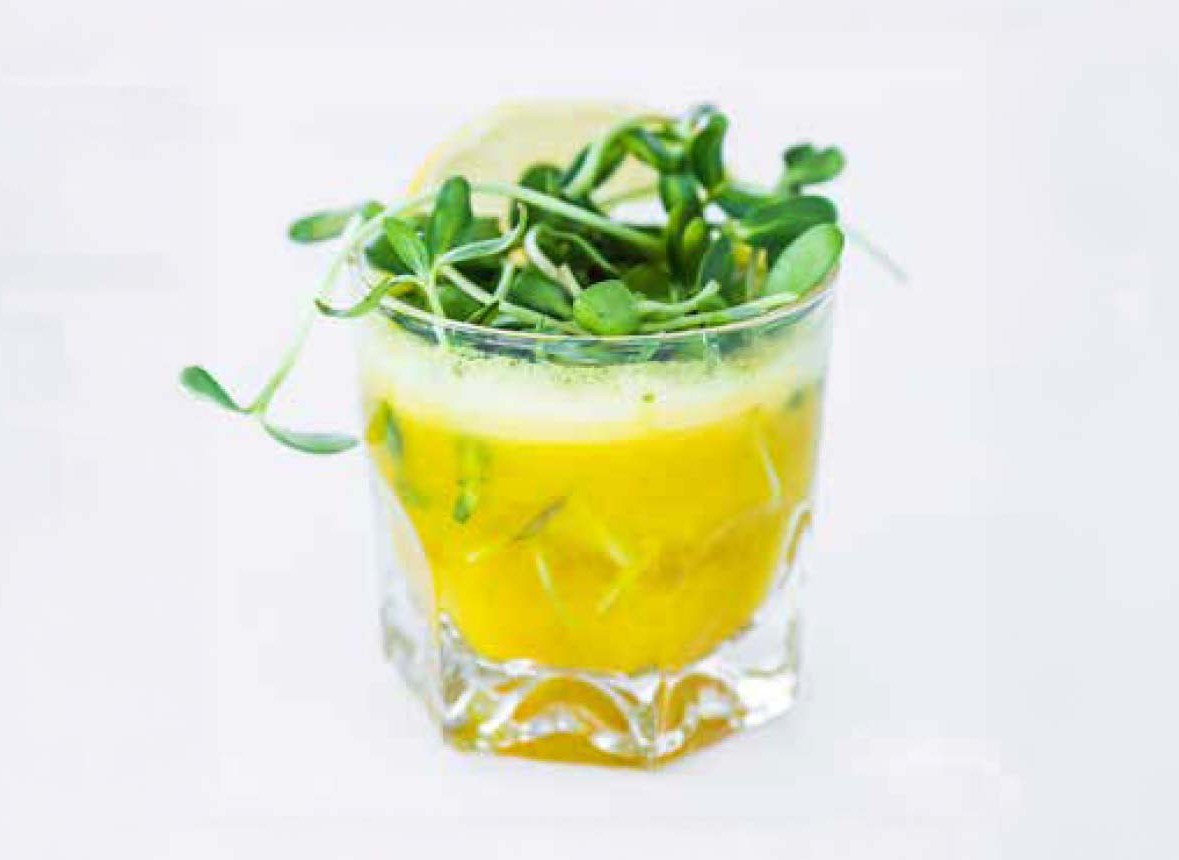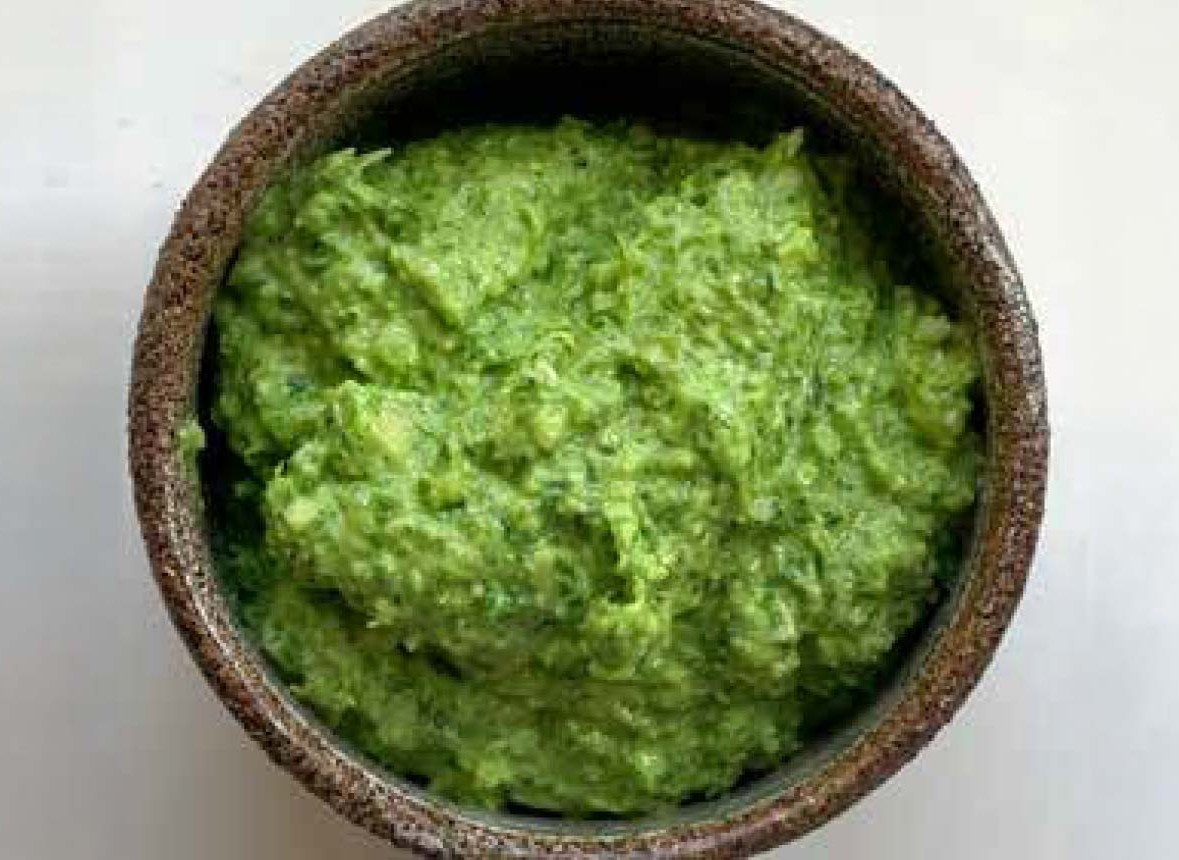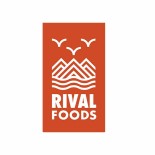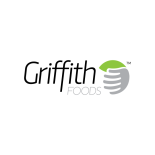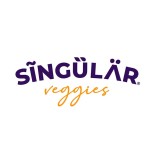Zero waste as a mission: what would you do if you had no bin?
Seven circular lessons from Silo, the world's first zero waste restaurant
There is nothing mysterious about what it takes to get the highest rating possible by the We’re smart green guide. The criteria are posted on our website, to encourage the culinary world to make pure plants the hero. Like Frank Fol, the chairman says: “Any truly sustainable food culture must place fruit and vegetables centre stage. And plants are delicious and have loads of creativity, techniques and fun to offer to chefs all around the world”. Every newsletter we explore what it takes to join the highest acclaimed ‘We’re Smart Green five radishes club’. This month: seven zero waste ‘lessons’ from Silo, illustrated with examples from the Netherlands and Belgium.
For five radishes you need a well thought through approach to ‘social and ecological responsibility at the local level. “Actively reduces food waste and the foodprint to a minimum,” gets your restaurant to three radishes level. What is the difference? Many chefs already believe in working ‘nose to tail’ -or ‘root to top’- and minimising food waste. To go beyond you need to adopt a circular mentality. This March, the Netherlands celebrated the annual ‘week of the circularity’. This means doing business in a way where there is no waste and you use raw materials over and over again. A good opportunity for our culinary reporter ánd chef sustainable gastronomy Sheila Struyck to visit restaurant Silo (four radishes) in London to understand what it means to go beyond food waste and move towards zero waste.
After my dinner at Silo I am wondering: “What would I change in my habits if we had to pay a thousand euros to dispose of a filled garbage bag?”
Silo in London has been serving customers for over ten years. They are the first zero waste restaurant in the world. Owner and chef Douglas McMaster says about his life's work: “Silo is radical innovation. We can't change a little bit, if we need to change a lot.” His restaurant produces virtually no waste. That seems an almost impossible task, but I saw with my own eyes how purposefully they work in this kitchen. It is a rainy Friday evening in February, I am assigned a place at the wide bar. Right in front of my nose, at a meter distance the kitchen brigade is in full swing. The woodfire is burning. No chef's table here or kitchen behind a glass wall. That is important according to McMaster. You have to connect the kitchen and the business. “The wall between them has to go. As long as the people in your kitchen feel like they can get away with it, behavioral change is difficult to achieve. Without radical transparency, nothing will change.”
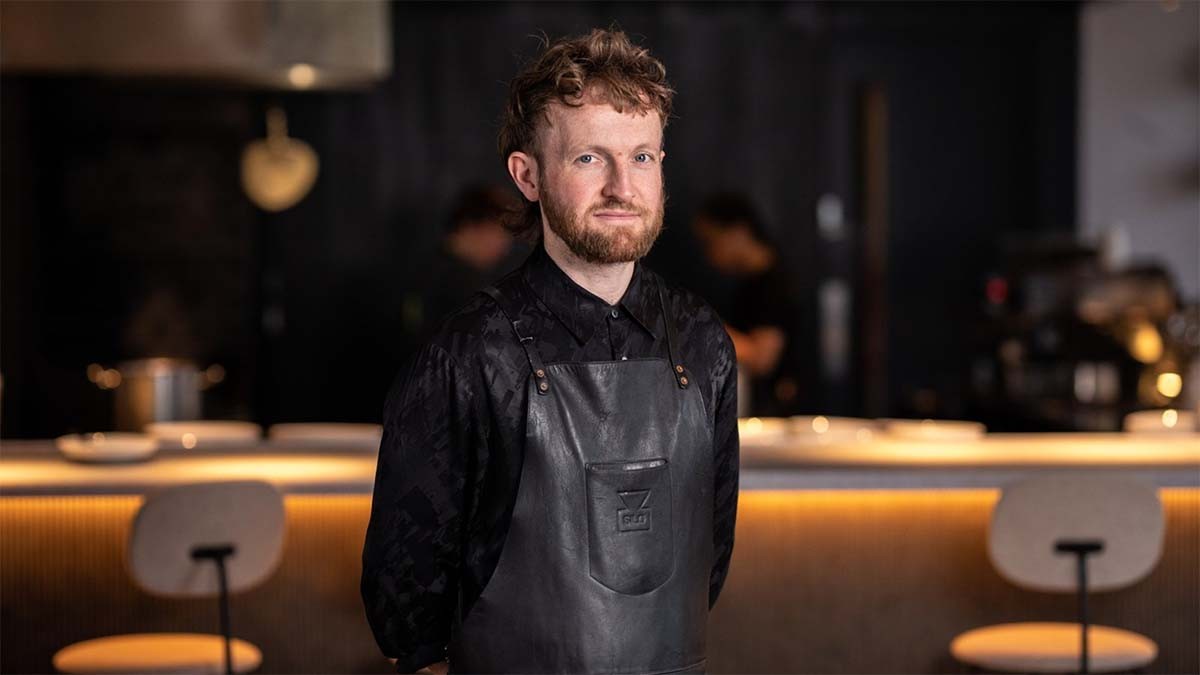
I see, hear and smell everything. And enjoy. The professionalism of the chef and the brigade and the pleasant conversations with the people in the service. Without the obligatory 'do you know our concept?', the sommelier uses a few well-timed sentences to illustrate zero waste philosophy in practise. I was quite skeptical after seeing a Financial Times mini-documentary . Is it really possible to provide fine dining and a great gastronomic experience, with all the attention to waste? Will I be chewing on hard stems and get heart burn from sour fermentations? I shouldn't have worried. The maitake (hen of the woods), lovingly prepared with miso and Sichuan pepper moves me to tears. The ‘cuisson’ (term used to express the level of done-ness of meat) of this mushroom was so perfect, I can still revoke the memory weeks later. Achieved by a combination of steaming, lacquering, a high-flaming wood fire, lacquering and ‘low and slow’. And love. That green Michelin star and the four radishes in the We're Smart Green Guide are well deserved.
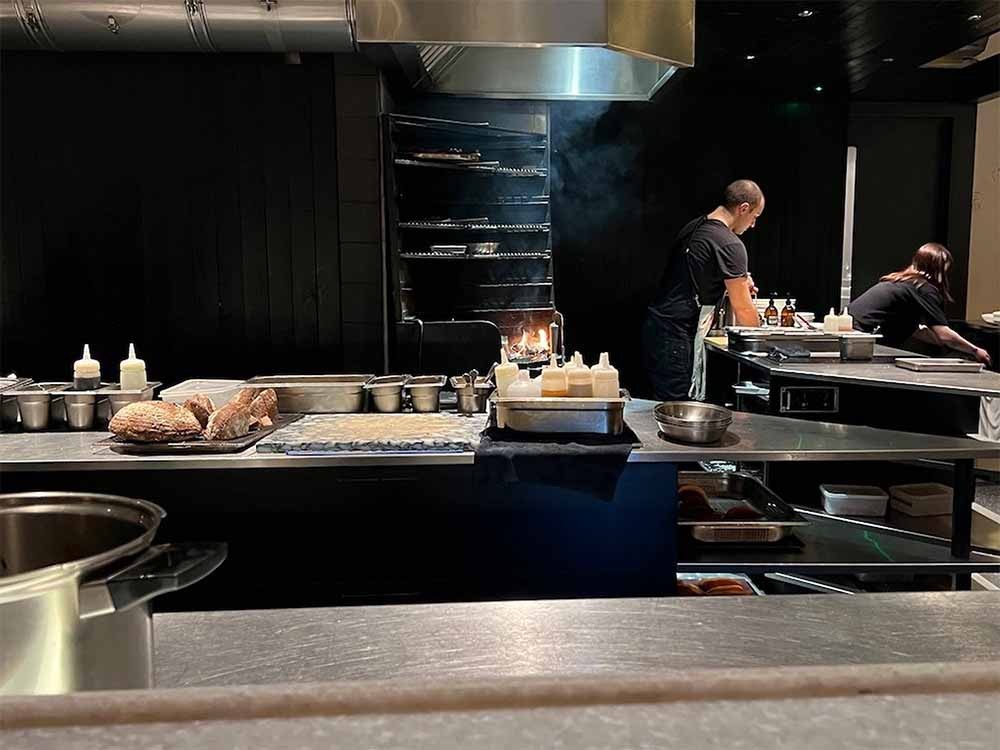
Silo was named 'Britain's Most Innovative Restaurant' in 2018. And proves that radical innovation can also deliver a fantastic gastronomic experience. It is possible to reduce your footprint without sacrificing quality. You have to think differently and should be willing to reconsider everything you do. At Silo, the vision has always been to have a kitchen without a garbage can. McMaster: “We just asked ourselves that simple question: 'What would it mean if our kitchen no longer had a waste bin?' and then we started acting accordingly.”

What can other chefs learn from Silo's approach? Seven lessons to inspire you. Illustrated by successful ‘best practices’ from the Netherlands and Belgium.
1. Refuse 'garbage' at your kitchen door
Zero waste means looking beyond food waste. Silo has selected and instructed all suppliers in such a way that virtually no packaging material enters the building. That means they also don't have to throw it away. That is a matter of discussion with the suppliers of your high volume produce. For example, you can ask your wholesaler to stop delivering in cardboard boxes, which you then immediately take to the waste paper bin.
Take Flores in Nijmegen (three radishes), which gets all vegetables and eggs directly from the source, at Bodemzicht. Where possible, they choose fresh and unpackaged in the kitchen instead of processed and packaged. At Flores they started to pasteurize these fresh free-roam eggs themselves, instead of buying ready-made packs where you have no idea of the living circumstances of the hens.
2. Look for improvements at your input side. Shorten the chain
Silo buys everything in bulk. An example is the traditional local wheat. They grind it themselves in the shop and use it to bake fresh bread every day. With the left over hulls they create their traditional ‘sandwich’ dessert. They also search products that deviate slightly from the norm, which retailers and wholesalers do not want. Or products for which there is little demand, such as obsolete parts. For example, there is a dish with slow-cooked mutton on the -limited- menu.
At Tolhuistuin in Amsterdam, the large volume items are consciously purchased from sustainable wholesaler Instock. They sell so-called ‘outsiders’; spotted, dented or strangely shaped. This does mean that the chef had to instruct the bar tender to proudly serve 'not so nice' lemonwedges in their exclusive cocktails.
3. Make vegetables the starting point of your menu development
At least 80% of what comes on the plate at Silo is plantbased, supplemented with small amounts of meat or fish. Plants come in many forms: vegetables, grains, nuts, seeds, fruits, pods, herbs and tubers. This is also reflected in the descriptions of the dishes. As a matter of fact, four of the seven courses of the menu are vegetarian - without this being mentioned at all.
It is like Dutch Cuisine founder Albert Kooy says: “What would happen if we roasted, marinated, barbecued, sous vide cooked and infused our vegetables. And cook our meat in water? Prepare your vegetables in a beastly manner!” Did you know there are 64 different techniques you can use on your vegs? They are collected and curated by Frank Fol himself and listed here.
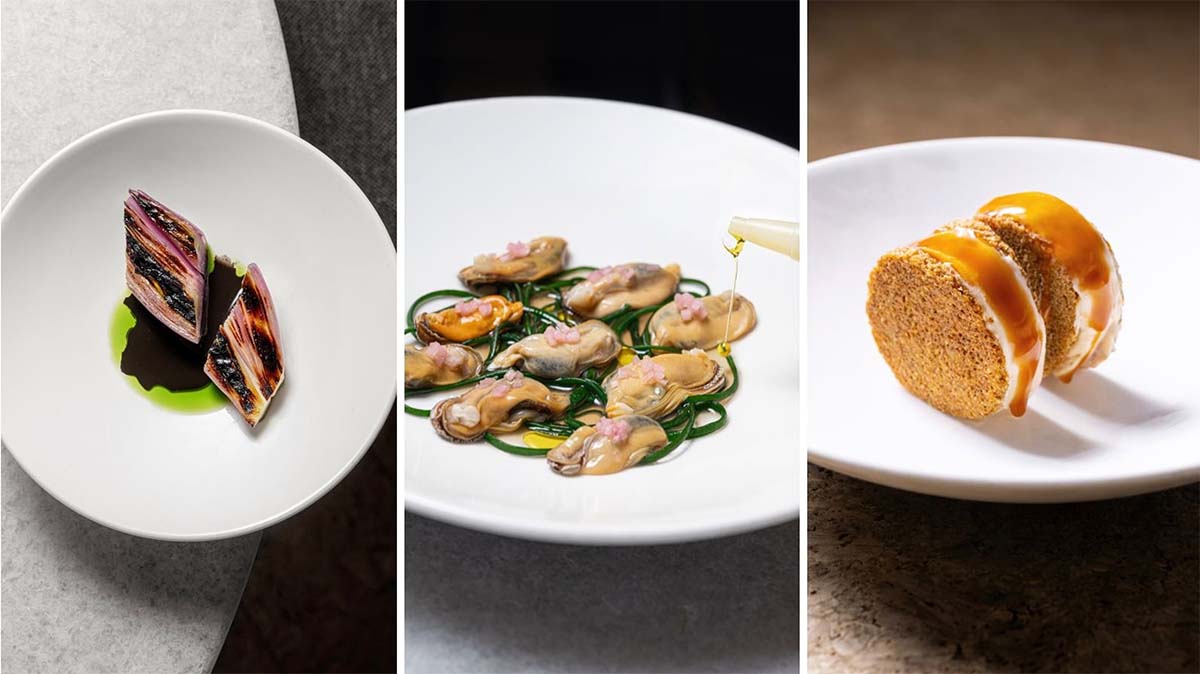
Signature dishes from the kitchen of Silo | photos courtesy of Silo
4. Good service means attention to the guest
At Silo, the menu is projected on the wall. You can consult the extensive wine list on your phone, after scanning a QR code. The table is set sparsely, no underplates or tablecloths and rows of knives and forks. You are encouraged to keep your cutlery for the next course. It begs the question why tightly starched linen, shining silver and large napkins are still necessary for a high-end dining experience? The same applies to extensive menu books, cut flowers in vases and new plates, glassware and cutlery for every course. More glasses means more dishes, more breakage and more waste. More work too.
At Entropy (four radishes) in Brussels, the furniture is upcycled second-hand. The table is set stylishly yet sober. All attention goes to the guest. The maître proudly explains that lamps are made from mycelium and the glasses from recycled wine bottles. And lo and behold, there is a knife rest – a twig- which is a pretty effective retro find. Who wants to allow used cutlery to rest on a table waiting for a next course? To me this is thoughtful hospitality at a high level.
5. For all things you are 'supposed to do', ask whether it is necessary
Silo's staff is dressed in black. Actually it seems like they are wearing their own clothes, because I don't see a logo anywhere. Interesting, that saves laundry and buying uniforms at all types of sizes. Their aprons are made of leather, no need to put them in the laundry. No blue wipes or cling film is visible in the kitchen. Leftover pieces of leather from the aprons are used as wipes. And every container is sturdy reusable plastic. There is no single use item in the kitchen.
As chef René van der Weijden of Hemel en Aarde (four radishes) in Utrecht says: “Even though I already do a lot to combat food waste, I still have a number of residual flows that need to be attacked. They have to become less and less. My next project is a solution for the single use vacuum bags.”
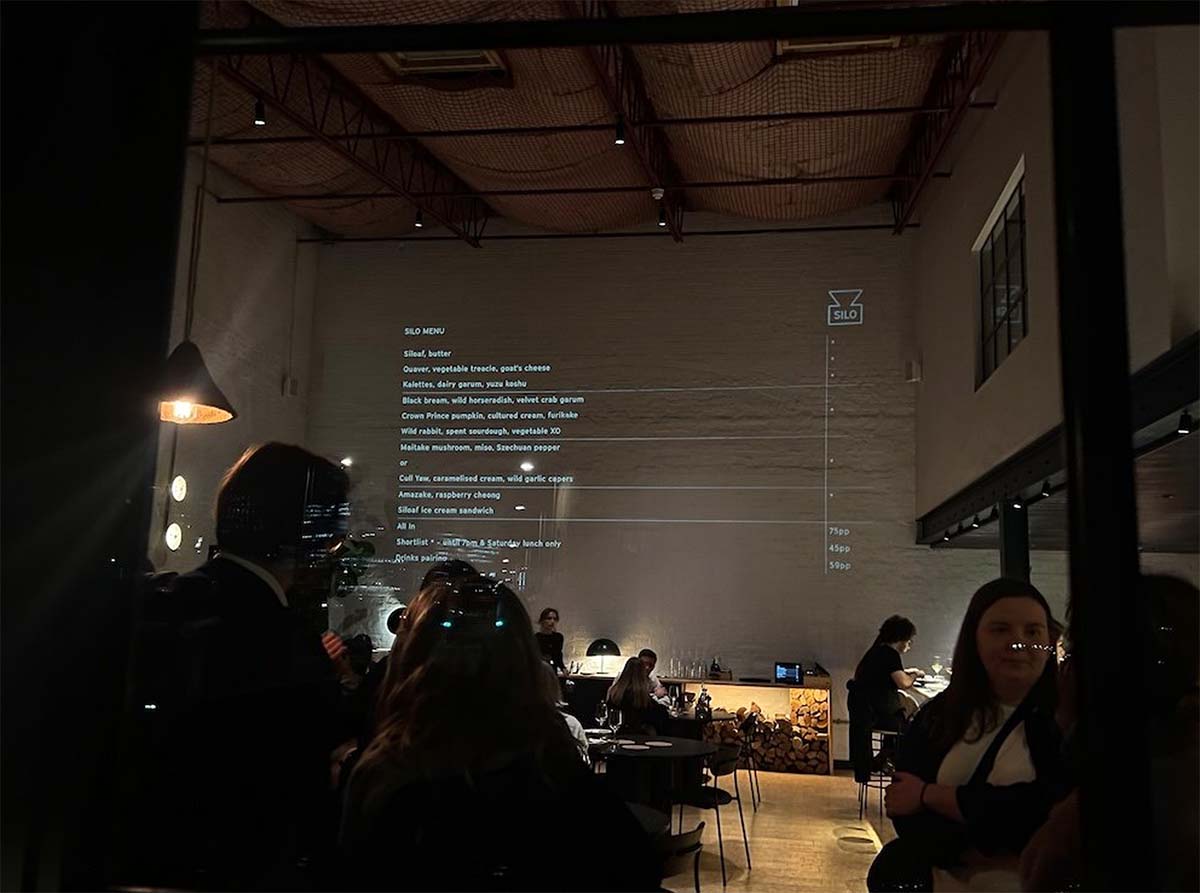
At Silo the menu is projected on the wall | photo by Sheila Struyck
6. Determine your own definition of beautiful
What strikes about the plating at Silo is that the colors are often a kind of beige or brown, which are 'not appealing' to photograph. In other words, they are not that Instagrammable. Interesting, because all those neatly arranged colorful fine dining dishes come with a lot of cutting and ‘trimming’. This is labor intensive and creates a lot of food waste. Ofcourse you can think, 'I'll make soup out of that', but you can also avoid having the trimmings at all.
Why not embrace the natural form of the ingredient and look for a looser style of formatting. At restaurant the Kas in Amsterdam (four radishes and a green and a red Michelin star), the dishes are picture perfect, with their organic layout. The plates at one table don’t look exactly the same, even though they are all the same dish.
7. Expose what you do
With pride Silo shows a cube with their alien waste on the restaurant's Instagram page. Alien waste is waste that does not 'belong on this planet' since it can not be re-used. For which a solution still must be found. (To be honest, the amount of waste that the restaurant produces in a month is considerably less than what I usually throw away after a major catering job). From my stool at the bar, I oversee everything that happens in the kitchen and indeed, I don't see a waste bin anywhere. Throwing something still perfectly usable away ‘because you are in a hurry and no one is watching’ is impossible in this open kitchen.
By measuring what your brigade throws away in a kitchen day, you can already start to develop this awareness. They also learned that in Rotterdam. Last year, the pilot ‘Nieuwe Nassen’ joined with foodtech Orbisk and food consultancy Greendish to help nine restaurants to measure and weigh what was thrown away every day. This pilot of a few months resulted in savings of 2,804 kg, which amounts to €35,000. Money that would otherwise end up in the garbage bin. Wouldn't every entrepreneur prefer to keep that in his pocket?
